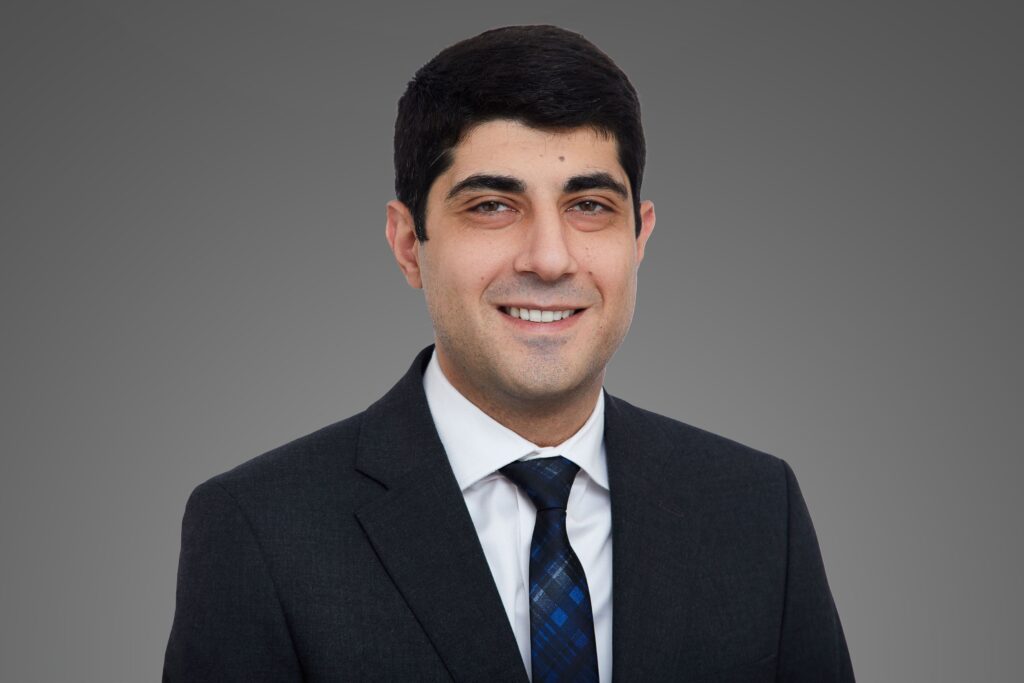Exploring Ways to Defend Yourself Against Distracted Driving Charges
A distracted driving ticket in California can cause a lot of stress. This is particularly true when it involves a hands-free device. Although California allows hands-free devices for drivers over 18, there are times when confusion or mistakes can still lead to a ticket. If you’re facing this type of charge, our Los Angeles personal injury lawyer will help you know how to fight a distracted driving charge in California.
In this article, we will outline various strategies for challenging a distracted driving ticket related to hands-free devices. Understanding these strategies can help you navigate the legal process and defend your driving privileges.
Quick Summary:
- A distracted driving charge involving hands-free devices occurs when a driver is accused of not paying enough attention to the road while using a hands-free phone or device. Even though hands-free devices are allowed under California law, drivers are still required to stay focused on the road. If a driver is seen getting distracted by the device, like looking at it too long, they can receive a ticket.
- If you face a distracted driving charge in California while using a hands-free device, there are several legal defenses you can consider. Proving that you used the device legally is a strong defense, as California law permits hands-free use if you don’t physically handle the phone. You can argue that you were using voice commands or speakerphone, and provide evidence to show you adhered to legal requirements. Another defense involves challenging the officer’s observation; if the officer misunderstood your actions or had an unclear view, you could use witness statements or dashcam footage to support your case.
- Demonstrating that your hands-free device did not distract you is another possible defense. You can show that your attention remained on the road and your driving was not impaired. Additionally, proving a “mistake of fact” could help if you genuinely believed you were using the device correctly, despite any misunderstanding. Emergency use of the device, such as calling for help, is also a valid defense, as is arguing that a technical malfunction caused unintended distraction.
What Is a Distracted Driving Charge Involving Hands-Free Devices in California?
A distracted driving charge involving hands-free devices happens when a driver is accused of not paying attention to the road while using a hands-free phone or other device. Although the device is hands-free, it can still cause distraction if the driver focuses more on the device than the road.
California Vehicle Code Section 23123 allows drivers over 18 to use hands-free devices, like Bluetooth or speakerphone while driving. However, if a driver appears distracted by the device, such as looking at it too long or not focusing on the road, they can still receive a ticket.
What are the Possible Legal Defenses Against Distracted Driving Charges Involving Hands-Free Devices in California?
Facing a distracted driving charge in California, even when using a hands-free device, can be overwhelming. Understanding your options for defending yourself can help. If you’ve been accused of distracted driving while using a hands-free device, several legal defenses might apply to your case. Here are a few possible defenses to help you protect your driving record:
Proving Legal Use of the Hands-Free Device
California law allows drivers over 18 to use hands-free devices while driving. If you were using your device correctly, like using voice commands or talking on speakerphone, this can be a strong defense.
For example, if you were using a Bluetooth headset or a speakerphone feature, you should provide evidence that your use was in line with legal requirements. This means you did not hold the phone or touch it while driving, which is prohibited. Proving that you obeyed the law and did not touch your phone or look away from the road can help dismiss the charge.
Challenging the Officer’s Observation
Sometimes, officers may misinterpret what they see on the road. They might not always have a clear view of a driver’s actions or the condition of their device. They may misinterpret what they observe from their position.
If the officer assumed you were distracted when you were not, this could be used as a defense. Providing evidence like witness statements or dashcam footage can help support your claim. For example, an officer might think you were using a phone when you were actually using a hands-free device or simply adjusting your radio.
Proving the Hands-Free Device Did Not Distract You
Even if you used a hands-free device, you can argue that it did not affect your ability to drive safely. This defense might include demonstrating that your attention was focused on the road and that using the gadget did not result in risky driving practices. If you were in complete control of the car and drove responsibly, this might help reduce or dismiss the charge.
Proving a “Mistake of Fact”
Another possible defense against a distracted driving charge involving hands-free devices is proving that your conduct was based on a legitimate “mistake of fact.” This legal defense focuses on showing that you did not intend to violate the law because you were mistaken about a key fact related to your case. To use this defense effectively, you should gather evidence showing your belief was reasonable under the circumstances.
For instance, if you were using a hands-free device and believed it was operating correctly or that your use of it was within legal limits, but it turned out that you were mistaken, this could be a defense. The mistake of fact must be genuine and reasonable. You need to demonstrate that you acted based on an honest and understandable misunderstanding of the facts, not a deliberate attempt to break the law.
Presenting Evidence of Emergency Use
California law makes an exception for using handheld devices during an emergency. If you were using your device to call for help or report an accident, this could be a valid defense. Showing proof of the emergency, such as a call log or other evidence, can help explain your actions and justify the use of the device.
Arguing Technical Malfunctions
If your device malfunctioned while you were driving and caused confusion or distraction, you can use this as a defense. For instance, if a navigation app gave incorrect directions or the voice command system failed, causing you to briefly check the screen, this could explain your actions. Showing evidence of a technical issue might help reduce the severity of the charge.
How Our California Personal Injury Lawyer Can Help You Fight a Distracted Driving Charge
Fighting a distracted driving charge in California, especially when it involves hands-free devices, is a challenging task. The complexity of the laws, the need for effective evidence gathering, and the challenges of court procedures all contribute to the difficulty. Working with our Los Angeles personal injury attorney can make the process much easier and increase your chances of a favorable outcome.
At Haffner Law, we have extensive experience dealing with traffic law and can guide you through every step of the process. We will review the details of your case to understand the specific circumstances. We can gather important evidence to support your defense. We will handle all court procedures and deadlines, so you don’t have to worry about missing important steps.
Our personal injury law firm is here to help you fight distracted driving charges in California. Our goal is to build a strong case to help reduce or dismiss the charges against you. Take action today to protect your driving privileges. Contact us now for a free case review and let us help you explore your legal options.









